From farming to packaging, robots are set to redefine production and delivery in the future. Automation has already taken over several aspects of industries with its unparallel precision and efficacy. Its use in food & beverage industry has increased dramatically over the last couple of years, especially in processing and packaging systems. With the help of robots, manufacturers can easily increase productivity, improve hygiene, enhance process control at an affordable cost and unprecedented speed.
According to a research firm, Allied Market Research, the global food robotics market is expected to reach $3.61 billion by 2023, registering a CAGR of 13.0% from 2017 to 2023. The increased demand for speedy production in the food industry and surge in demand for ready-to-eat food products will be the major drivers. The following trends shed a light on the recent as well as emerging developments in the industry.
Robots that watch, learn, and grip like humans
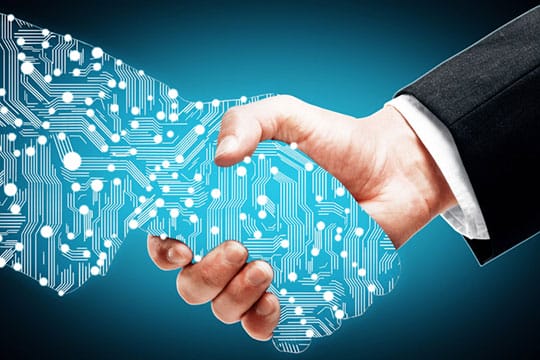
For moviegoers, robots that mimic humans and handle the daily tasks as gracefully as humans might not seem special. However, in reality, it is quite fascinating to achieve. Until recently, robots have restricted precision and were used for repetitive and preprogrammed functions. However, food robotics have evolved over the years.
At Rosborg Food Holding A/S, robots are able to see, learn, and grip several items. According to the company’s CEO, Johnny Albertsen, food robotics is developing at a rapid speed. Within the next two or three years, robots could do almost anything. He believes that developments in the gripping abilities would robots to pull delicate plants from their containers. Moreover, he wants to expand his crew with more robots as he expected it can return his investment in about 18 months.
The automated grippers and ability to see are the major factors in the food robotics. Today, most of the industrial robots operate blindly, according to preprogrammed settings and are surrounded by a cage to keep humans safe. Thus, if there are any variations such as picking up objects with different texture and sizes, the robots fail to perform their tasks.
On the contrary, if the grippers are made from soft polymers that expand and contract at different pressures are used, it would allow robots to take on more nuanced tasks. Along with this, if robots are incorporated with advanced cameras, the robots could see objects. In addition, the rapid advancements in artificial intelligence (AI) could further help robots identify the best way to grab an object. There are limitless opportunities in the field.
Recommended for you: 5 Industries That Are Significantly Changed by Robotics.
Robots that are already in move
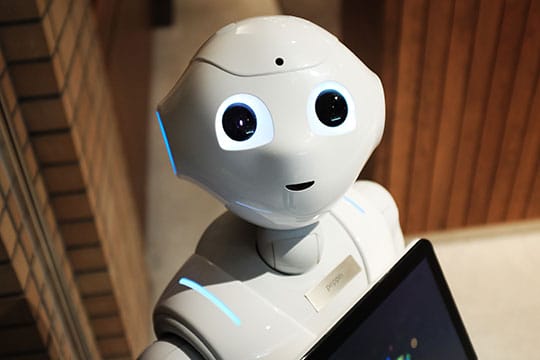
At Capacity LLC., a fulfillment center in New Jersey, workers now use a robotic arm for scanning items, packing and shipping e-commerce orders from warehouses. The company has been testing the autonomous system from the startup RightHand Robotics Inc. According to Thom Campbell, the Chief Strategy Officer at Capacity, these robots are slower than humans. On the other, he prefers robots over humans as it does not take any breaks and an hour lunch break every day and does not need extra payment for overtime. Thus, while the investments for food robotics seem enormous at the beginning, it can return every penny within two years.
Another automation company based in Massachusetts, Soft Robotics Inc., manufacturers pliable grippers that can pick brownies, a square box, or raw meat. This eliminates the need for complex coding and costly sensors to pick objects. As per Carl Vause, CEO of the company, they are revolutionizing the automation technology with the robots that can see and grab accordingly.
Robots in the food industry
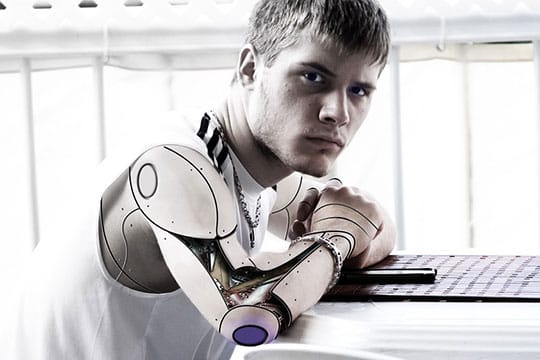
From agriculture to food manufacturing and food packaging, robotics has made the conventional system simpler and efficient. In agriculture, robotic applications include planning, identifying, and sorting the seedlings. From autonomous tractors to weeding robots, robots have made lives of farmer far easier than ever. Today, farmers use drones to monitor and analyze crop growth.
In addition, in non-plant agriculture, robotics has gained more importance in various applications such as autonomous feeding & milking and egg collection on poultry farming. Manufacturers consider autonomous farming as a way to tackle rising food demand. With more than 7.5 billion people on the Earth, there is no doubt that food demand would skyrocket over the coming years.
The Asia-Pacific region is expected to be a prominent customer in the world of robotics. It’s owing to increasing demand for in ready-to-eat food and rise in population in the countries such as India and China.
During farming, raw food products are to be cleaned and transported. Robots could take care of such repetitive tasks. Apart from this, there are secondary processing tasks such as sorting and detecting defects. Robotic applications are better suited for secondary processing. However, there are not enough appropriate autonomous systems to handover such tasks from humans. Thus, major companies are investing a huge pile of money to bring novel food robotics in their business.
The surge in partnership and investments
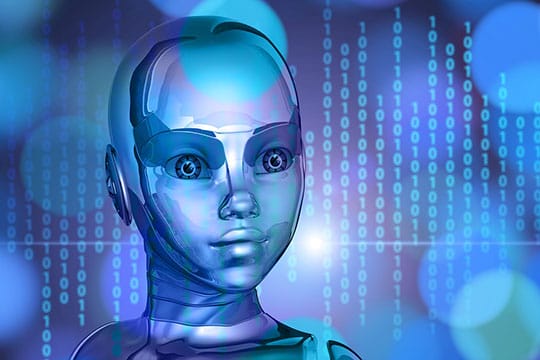
Connected Robotics, a Tokyo-based startup that manufacturers food robots, recently declared that it has raised around $7.8 million and till now has brought total amount around $8.73 million. Connected Robotics currently has two food robots. Reita robot that serves up soft-serve ice cream and OctoChef that makes fried octopus balls, a popular Japanese street food. With the raised money, the startup aims to boost R&D of new robots including automated dishwasher robot, automatic breakfast cooking robot, and hot snacks robot for convenience stores.
The foodservice industry in Japan has been facing labor challenges as skilled U.S. workers avoid hard and repetitive jobs at the restaurant. Along with this dearth of skilled labor, the geriatric population of Japan is increasing drastically. In such circumstances, robots and automated systems offer a solution to the labor shortage. Thus, several companies are investing in developing an automated system.
Apart from Connected Robotics, Sony has also united with Carnegie-Mellon University to develop novel food robots. Moreover, LG wants to develop robotics application with CJ Foodville, a South Korean food company.
Some other News
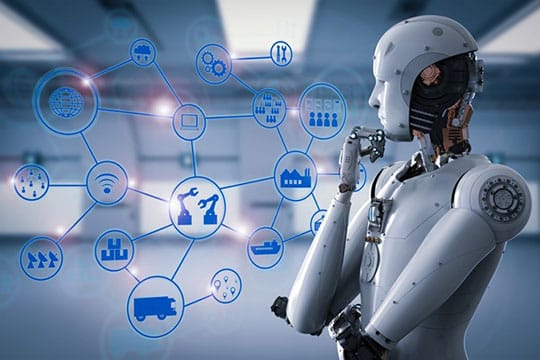
In another news, Woowa Brothers Corp., a South Korean developer of a smartphone application, decided to partner with UCLA to develop cooking robots. According to The Korea Times, Woowa Brothers would develop cooking robots under the projected named ‘Yori’. The food robots would perform multiple tasks from placing orders to preparing meals. The aim is to bring innovation to the dining culture and UCLA would help Woowa Brothers expand its business beyond its current state. However, this is not the first time for the company to invest in food robotics.
In 2018, Woowa Brothers had invested $2 million in Bear Robotics that manufactured the robot called Penny that empty plates and shuttles food in the restaurant. Moreover, the company gained around $320 million in funding to develop an autonomous delivery robot program. During an interview, the CEO and Founder of the company, Kim Bong-jin, stated how food delivery robots would be the most effective solution. He added that along with food delivery robots could take away a customer’s recycling. Woowa Brothers are not the only firm that has looked for the university’s partnership. Last year, Sony partnered with Carnegie Mellon University and Nvidia has tie-ups with the University of Washington to develop food robots.
Technology to decide the future of the food industry
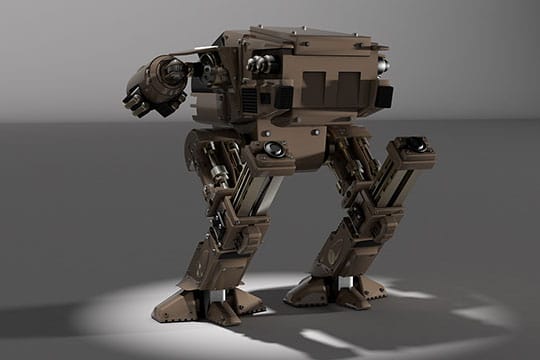
People are well familiar with the robots cleaning floors and manufacturing food products. However, will they ever be able to prepare a completed Mexican recipe or serve food, just like a human does? The answer is sooner than we think. A gaggle of entrepreneurs is taking firm steps to develop robots that could take orders, bake bread, and toss salads. More interestingly, their investors believe that they can revolutionize the food robotics industry. The dearth of skilled chefs and accuracy offered by robots are the major factors that lure more investors in the industry.
The recent Articulate Food Robotics Summit that took place in San Francisco, showed that the era of food robotics is just begun. According to Michael Wolf, the Founder of The Spoon food tech blog stated that this is the first time that robotics startups took so much interest in the large food chains and similarly; the industry players are discussing how robots could make a difference in the everything that is related to food and hospitality.
You may also like: How Robotics Is Changing the Manufacturing Industry.
Final Words

There is no doubt that the use of robots in the food industry is going to be more and more mainstream. Researchers argue that food robotics has the ability to boost profitability and productivity. It can help improve sustainability with control engineering methods and computer-based analytics. It is clear that food robotics is set to disrupt the food industry. However, only the future can tell us how the food reaches your plate and who makes your favorite salad. Till then, all we can do is increase our appetite and get ready for robots to read “today’s specials” in restaurants.
This article is written by Swamini Kulkarni. She holds a bachelor’s degree in engineering and works as a content writer. She is deeply fascinated by technological advancements and the trending topic in the world. When she is not glued to the computer, she loves to read, travel, and spend time thinking about how she could read and travel more often.
 This article is written by Swamini Kulkarni. She holds a bachelor’s degree in engineering and works as a content writer. She is deeply fascinated by technological advancements and the trending topic in the world. When she is not glued to the computer, she loves to read, travel, and spend time thinking about how she could read and travel more often.
This article is written by Swamini Kulkarni. She holds a bachelor’s degree in engineering and works as a content writer. She is deeply fascinated by technological advancements and the trending topic in the world. When she is not glued to the computer, she loves to read, travel, and spend time thinking about how she could read and travel more often.




